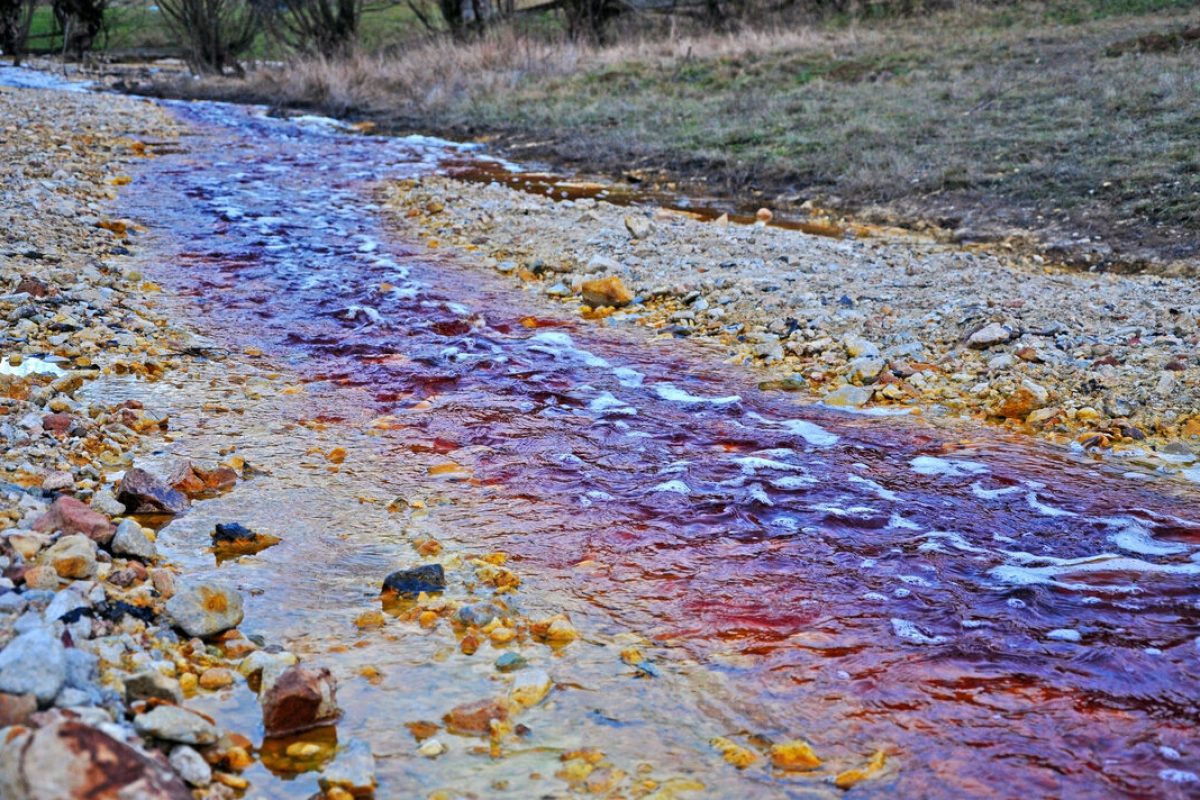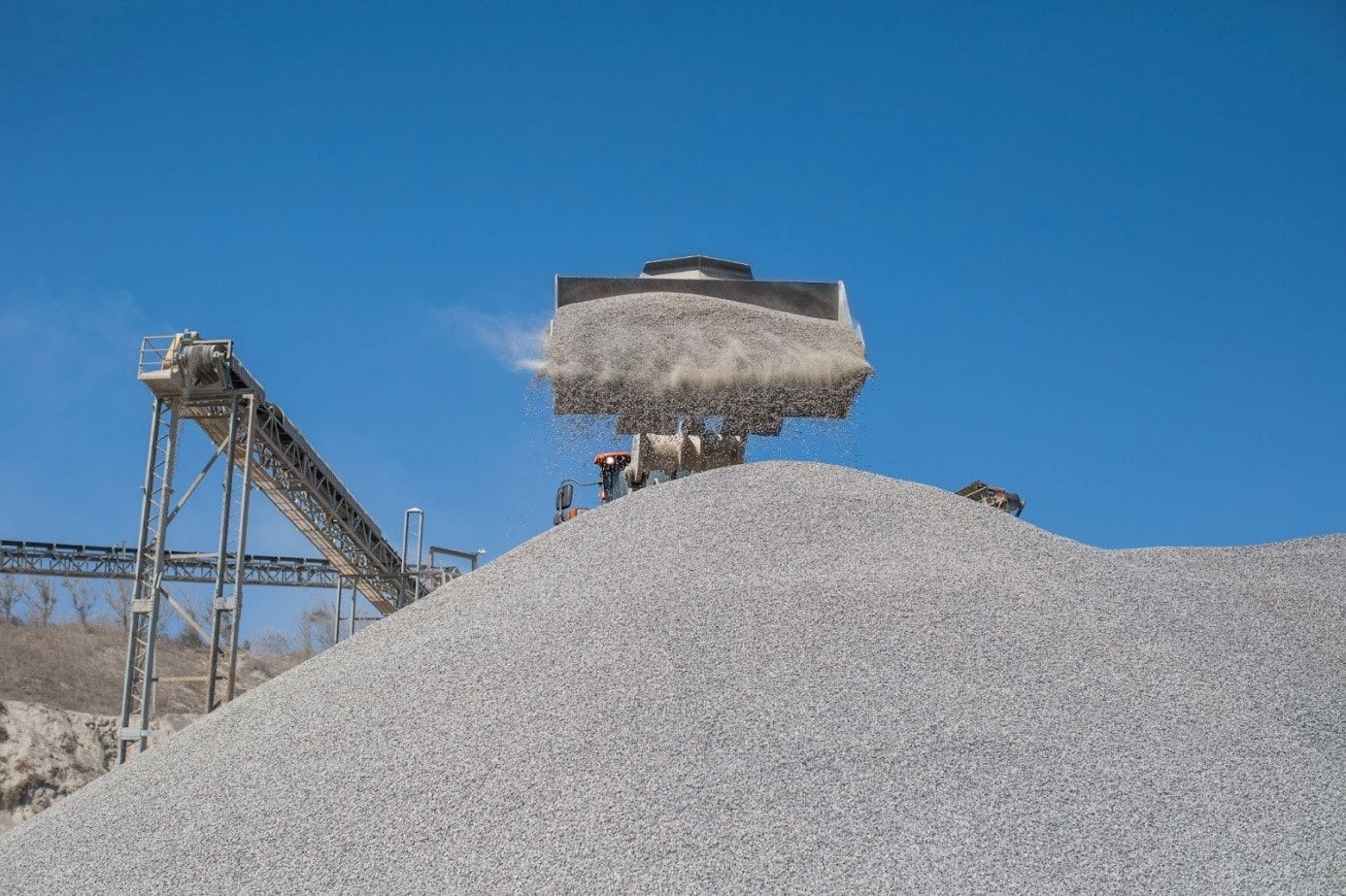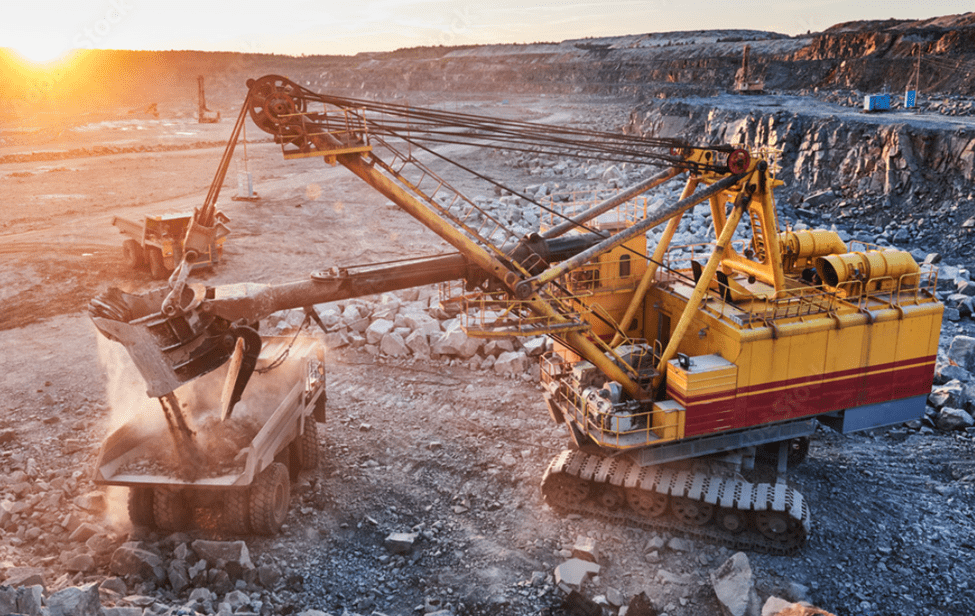What is acid mine drainage?
Also known as acid rock drainage, acid mine drainage is the outflow of acidic waters caused by the interaction of water with rocks abundant in sulfide minerals. Mine water drainage is commonly the by-product of industrial activities including construction sites, subdivisions, transportation corridors, and coal and metal mines.
Acid mine drainage can have negative effects on the environment and on the health of people and animals. Aquatic macroinvertebrates and fish in bodies of water affected by acid mine drainage see their numbers and biodiversity compromised. Very few organic life forms possess a natural resistance to acidic waters.
The leading practice to determine the plausibility of acid mine drainage in mining operations is to carry out a geochemical assessment of the mine materials’ chemical composition during the early stages of the project.
A geochemical assessment to determine the chances of acid mine drainage contains the following steps:
- The sampling of soil and minerals
- Performing static geochemical test work, such as acid-base accounting or sulfur speciation
- Performing kinetic geochemical test work, including the conduction of oxygen consumption tests
- Creating models of oxidation, pollutant generation, and release
- Creating models of composition
How IoT and AI technologies are transforming the mining industry
What is the cause of acid mine drainage?
Acid mine drainage typically happens when metal sulfides come into contact with oxygen in the atmosphere and a body of water. Because mining unearths minerals foreign to the surface, it can be a primary source of acid mine drainage. Certain bacteria can become a major catalyst in this process.
In the case of pyrite, a mineral commonly responsible for acid mine drainage, the following two processes are involved in the generation of acid:
- The oxidation of sulfide to sulfate
- The oxidation of ferrous iron to ferric iron followed by the precipitation of ferric oxide
How to save water in the mining industry
How does acid mine drainage start?
The main source of mine acid drainage is caused by water in mine tailings ponds, road humectation, mine pit effluents and precipitation that puts water in contact with rocks abundant in sulfide minerals on the site.
Another source is uncontrolled airborne dust emissions coming from mine tailings, waste piles, roads and crushers. Airborne dust can reach long distances depositing sediment layers into the soil and water bodies, thus causing acid mine drainage nearby and polluting the soil and water of surrounding areas up to a couple of kilometers aways from the source.
Once the water becomes acid drainage, it needs to be treated before it is returned to the water body. In order to reduce the acid drainage impacted area, it is important to stabilize airborne mining material to avoid acid drainage, putting in place appropriate active and passive treatment and avoid acid drainage leach into water bodies.
How to control dust in the mining industry
What can acid mining drainage contain?
Acid mine drainage can contain large amounts of toxic metals. Common minerals included in acid mine drainage include iron (Fe), copper (Cu), zinc (Zn), manganese (Mn), arsenic (As), cadmium (Cd), and lead (Pb). In addition, acid mine drainage can also become the breeding grounds of several types of fungi and bacteria.
Acidic waters flowing freely through the environment will chemically react with other minerals found naturally in rocks. This reaction will dissolve a range of metals and salts that will then be carried by the water flow. Due to this, the negative effects of acid mine drainage worsen the longer it has not been properly dealt with.
If acid mine drainage comes into contact with fresh water or neutralizing minerals, soluble iron(III) ions will precipitate as iron(III) hydroxide. This creates a yellow-orange solid that tints the water, known colloquially as yellow boy.
Recovery of drinking water and valuable minerals from acid mine drainage should be a major concern of every industry professional that comes into contact with the phenomenon. Research into acid mine drainage treatment methods has been in development for the last decades and new strategies are constantly being devised to prevent and fix it.
10 expert tips to stop acid mining
1. Dust control and soil stabilization of the mine work area
Dust control and soil stabilization can reduce up to 95% of airborne material that flies away and sediments in water bodies and soil. Therefore, to effectively prevent acid drainage it is important to treat mine tailings, waste piles, haul roads and crushers.
2. Reclamation of the contaminated land
Reclamation is the process of re-establishing the soils and vegetation in and around the mine site. A very effective reclamation method consists of the use of lime and other materials capable of neutralizing acidity. In addition, the growth of vegetation is promoted by adding a cover of topsoil or other solution that incentivizes the development of plants.
By modifying the chemical composition of surfaces and promoting the growth of vegetation, the soil material can be stabilized. Furthermore, this process helps prevent erosion and surface water infiltration. A good integration approach can be replicated in numerous settings and takes many variables into consideration, including local climate and precipitation.
While this method is highly effective at dealing with acid mine drainage, the implementation costs of even the simplest reclamation solutions can be quite hefty. Research is currently being performed to create more cost-effective reclamation strategies, including the integration of plants resistant to acid-generating materials and the development of specialized biosolids.
3. Treatment of contaminated soils
Beyond the threat of producing acidic waters, contaminated soils can also be directly harmful to plants, animals, and people. Due to a previous lack of knowledge about the impact of heavy metals on the quality of the environment, soil can become compromised and dangerous. A direct approach to deal with compromised soil is to relocate it to a new location.
Relocating soil is a very expensive and controversial procedure. Unfortunately, it is sometimes necessary to prevent further environmental damage. As more research is performed on the way soil can be treated, future approaches will be able to better handle contaminated soils at their original location.
4. Direct treatment of acidic waters
Acidic waters or waters that have been contaminated by waste from metal mines can have their acidity reduced when treated with a neutralizing material, such as lime. By interacting with the material, the dissolved metals cause the pollution of water precipitate from it. This is an active treatment process which requires the establishment of a treatment facility to be implemented.
Water treatment facilities have the disadvantage of producing large amounts of sludge as a by-product. This sludge must be in turn properly disposed of, which carries its own costs and challenges. To circumvent this issue, passive water treatment measures can be implemented instead of active ones.
5. Wetlands
Passive wetland treatment systems can be used to treat metal-bearing water. This approach promotes the development of a desirable natural habitat, thereby being extremely beneficial to the local wildlife. However, the creation of wetlands will lose its effectiveness if the volume and acidity of water cross a certain threshold.
Some wetlands, known as aerobic wetlands, are created by digging shallow ponds, with a depth of less than a meter. Some of these are filled up to a certain point with limestone gravel or soil and may be either lined or unlined. These wetlands accelerate the natural oxidation and precipitation of metals in the water. Aerobic wetlands incentivize the generation of sulfide metals, a process that reduces acidity by consuming H+.
Anaerobic wetlands, in turn, are underlain by limestone gravel and filled with organic matter. Microorganisms that spread through the water will consume oxygen. Combined with the percolation of water through the organic material, this process impulses the precipitation of sulfide minerals. This mine drainage treatment method relies on the environment possessing the right conditions for the growth and sustenance of microorganisms.
6. Preventive measures in abandoned mines
Preferably, during the exploration phase of building a mine, acid waters have been taken into account. Preventive measures for the buildup of acid mine drainage can be taken before the beginning of the mining operations. The same attention can also be given to abandoned mines, which may cause major damage to the environment if not properly dealt with.
Effective treatment approaches for abandoned mines are based on filling them with a material that significantly minimizes the chances of acid mine drainage developing. An underground mine, for instance, can be filled with water, preventing oxygen from contacting metals and causing oxidation. Mines can also be filled with an alkaline material.
How to improve the mining industry
7. Relocating mine waste
This acid mine drainage treatment method consists of separating the materials that cause the pollution of water away from it. Measures must be taken to make sure that the waste material is not put into contact with either groundwater or surface water. The interaction between waste and water sources can be prevented by treating and covering the waste with a layer of impermeable material.
8. Controlling bacteria
Acid mine drainage has an approximately constant pH. This environment is stable enough for the formation of eukaryotic bacteria, fungi, yeast, and algae. Some of these organisms can have a positive impact on the treatment of water, while others can exacerbate the harm caused to natural habitats. Bacteria like the Ferroplasma acidiphilum, for example, can easily oxidize ferrous iron, allowing it to survive in very low pH environments.
Bacteria important to acidic waters are known as acidophiles. These organisms can be found in nature in hydrothermal vents, such as in the Yellowstone National Park. In the same vein, they can develop in habitats beneficial to their biology, including sewer pipes and other places where metals and water interact. By promoting the oxidation of pyrite and the formation of sulphuric acid, acidophiles are a major cause of acid mine drainage.
The application of bactericides to control the growth of these bacteria is a major solution to acid mine drainage. Another approach consists in using the acidophiles, adding organic material to provide them with an alternative energy source. A process known as bioleaching, which uses the organisms to improve mining operations, is currently under development.
9. Diversion of water sources
Water flow diversion is a widely accepted method by engineers to control erosion, sedimentation, and other issues that come from the contact between natural bodies of water and heavy metals. Transverse dikes, for instance, can be built using a combination of salvage and highly compacted clay or silt. Not only can dikes and other flow diversion structures prevent acid mine drainage, but they can also be used to collect excess water for later use.
The cost of implementing a dike, dam, water trap, or similar structure largely depends on the size of the body in water that must be diverted. Small dikes can cost less than $ 10,000, while large ones require millions of dollars to be constructed.
10. Disposing waste underwater
Since mine acid drainage requires oxygen to happen, restricting the flow of oxygen to risk areas can effectively prevent its development. Neutralizing acidic waste by cutting the source of oxygen can be achieved by disposing of the acidic material underwater. Oxygen concentration in water is approximately 25000 lower than in air (source). Organic matter and reduced compounds consume a large part of concentrated underwater oxygen.
Due to water creating a natural barrier between metals and oxygen, the development of acidic conditions is held back. Naturally, disposing of waste material underwater must be done with the proper precautions.
Dust control and soil stabilization solutions
About ABCDust
ABCDust works hand in hand with mining companies worldwide to provide smart and sustainable dust control and soil stabilization solutions. Our dust control and soil stabilization services combine high-performance dust control & soil stabilization with georeferenced sensors and algorithm to provide an efficient treatment which is applied and optimized at the right place, at the right dose and time with the right equipment.
This translates in optimized performance, lower costs and it minimizes the environmental impact of mining operations. ABCDust delivers its comprehensive solutions to the mining, forestry and municipalities worldwide at a very competitive price and complies with the highest HSEC standards.
Here are the benefits of our solutions for the mining industry:
- Reduce dust control costs and infrastructure maintenance costs;
- Stabilize and strengthen soil by mixing binding agents and sometimes extra structure into the soil;
- Control and monitor the Particulate Material (MP) to control dust emission from unpaved roads, crushers, stockpiles and other industrial process;
- Optimize the use of water and additives under the highest standards of safety, quality and environmental impact;
- Better logistics of your project with easier access and fewer vehicle journeys needed;
- Access your site no matter the weather with your strong and weather-protected soil;
- Lower permeability;
- Reduce up to 50% of road depth required to reach your bearing capacity;
- Push more workload with strong and compact surfaces at your site;
- Reduce road material loans by using our ionic soil stabilization products for clay soils;
- Prevent dust and other harmful material from coming off the roads and paths and into your site.





